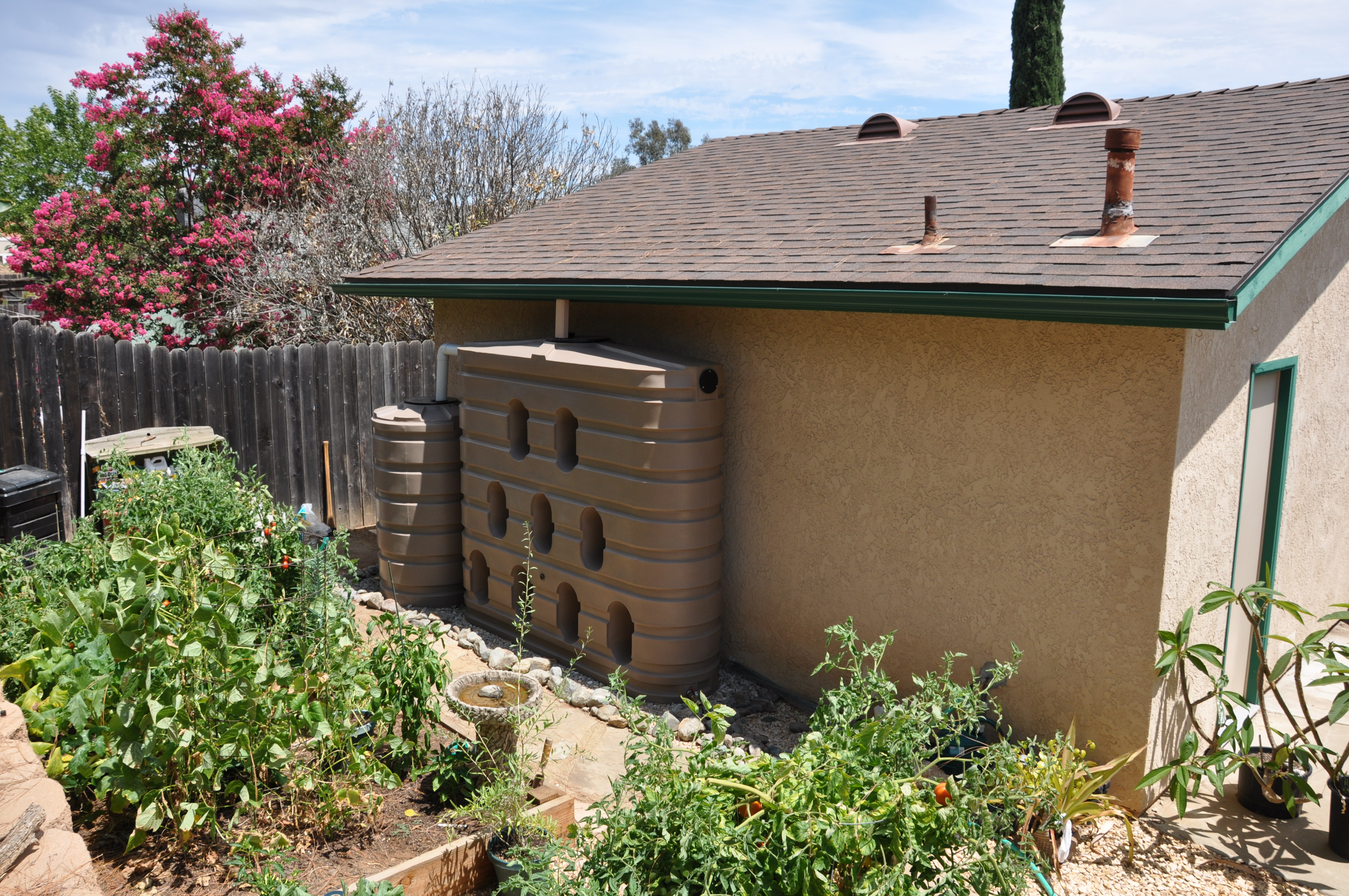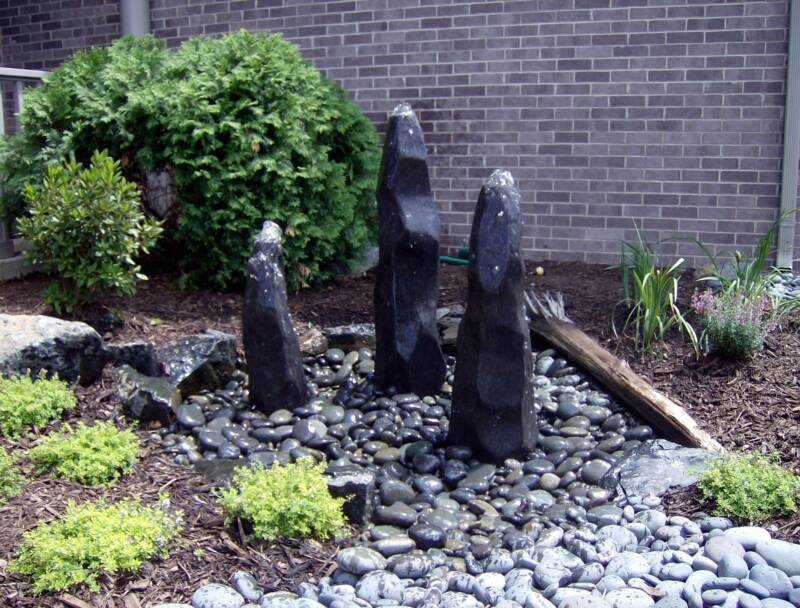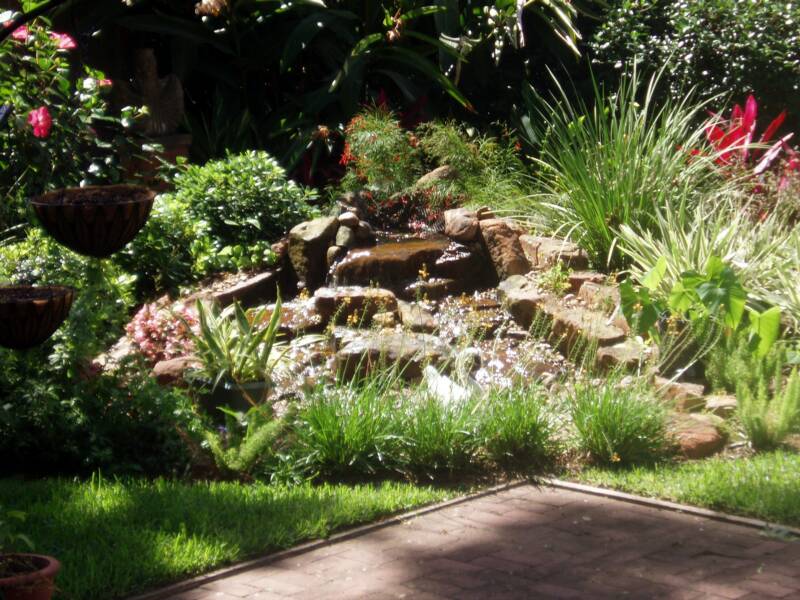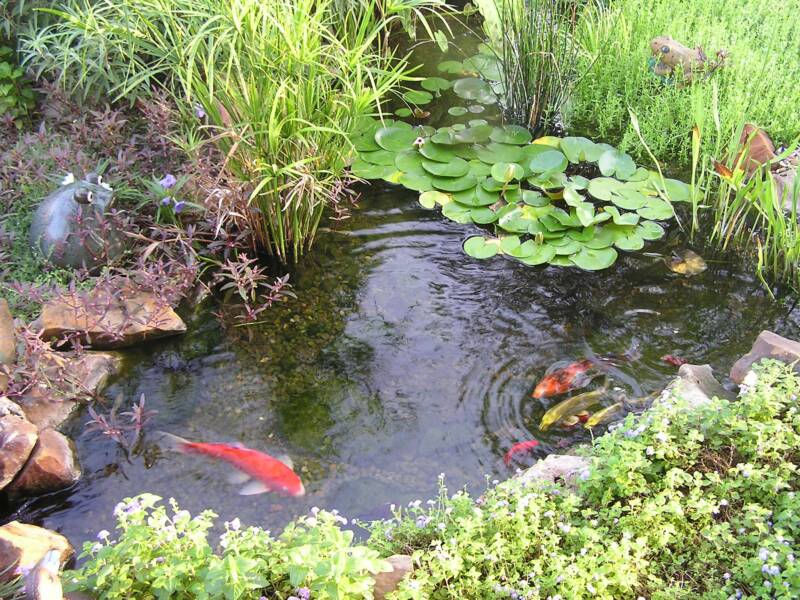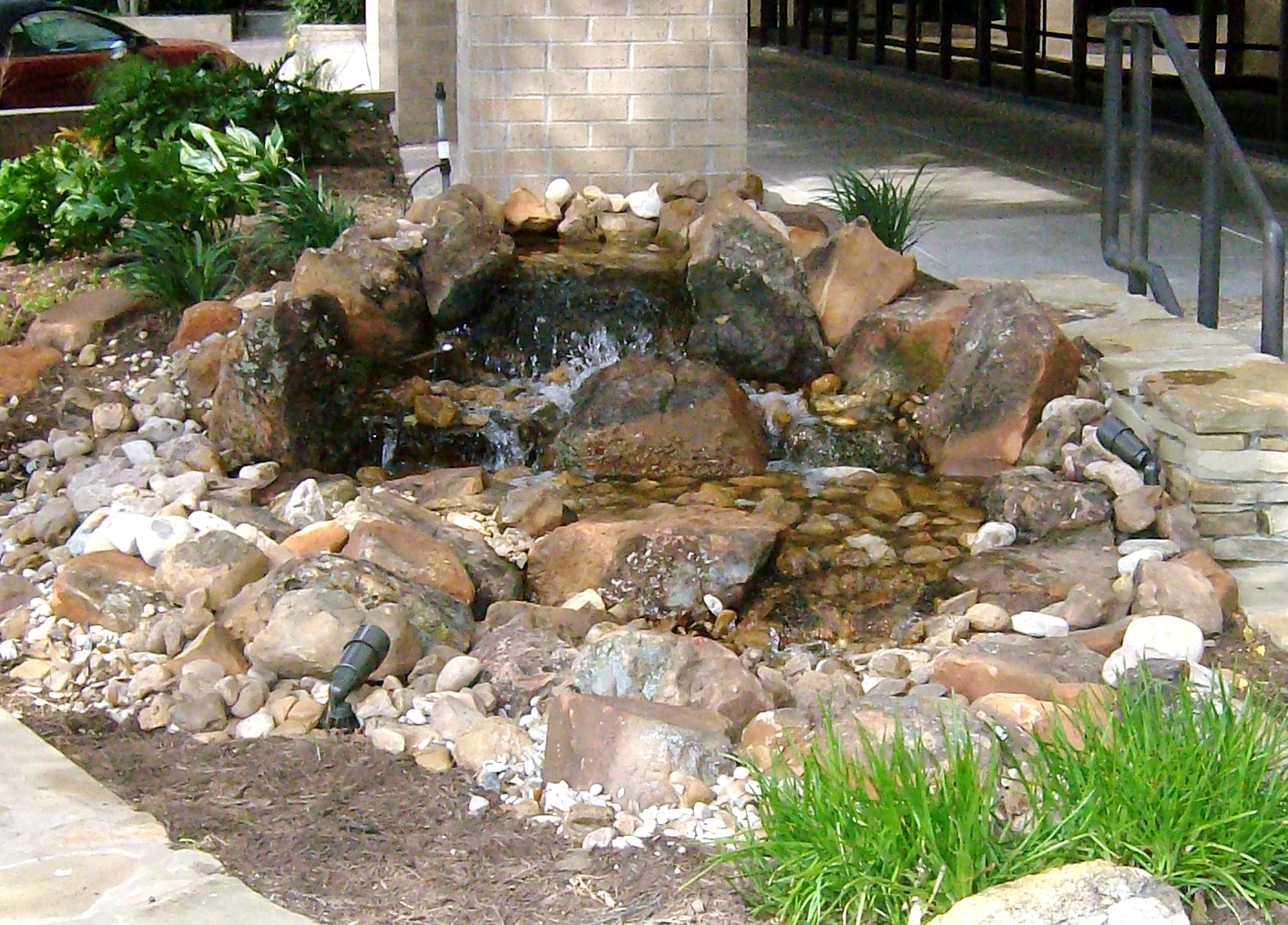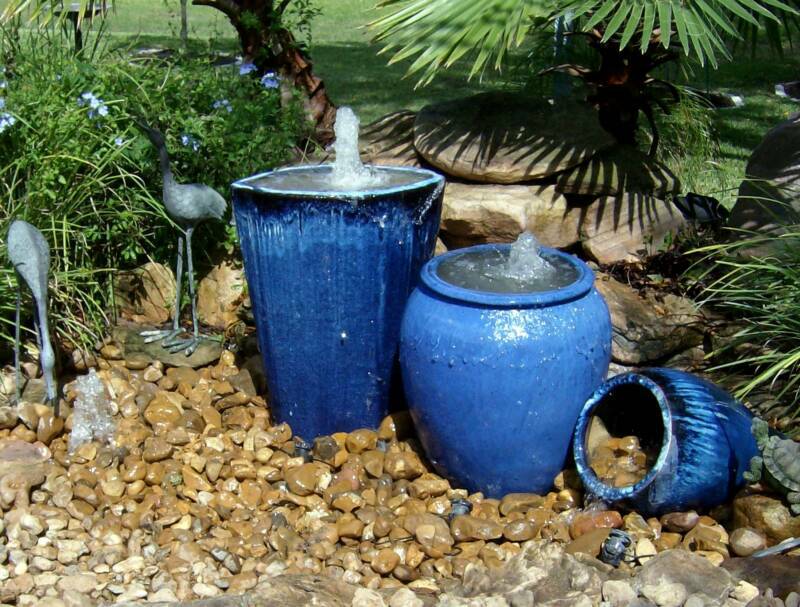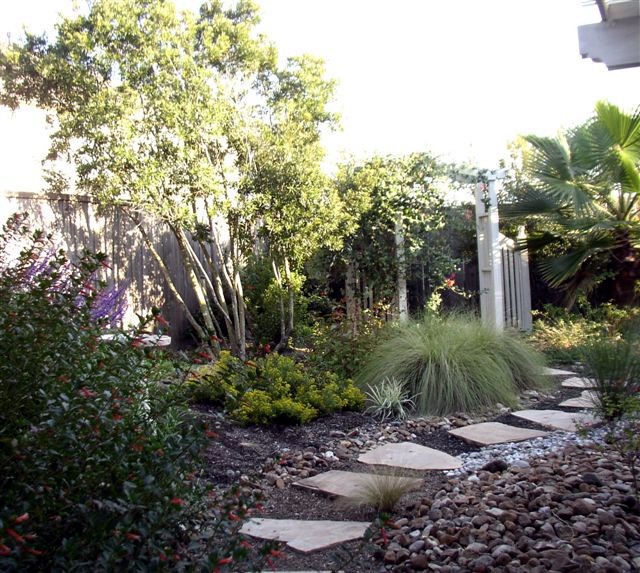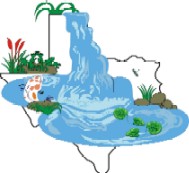


Rainwater Harvesting
Organic Ecosystem Ponds
Pondless Waterfalls
Urn and Fountain Features
Water-Wise Landscapes
Meet Your Water Feature Professionals


Texas Ponds and
Water Features
Rainwater Facts
Rainwater harvesting in Texas is nothing new. In fact, it was a common method for providing water to many of the first settlers. However, much has changed in the past century or so. As urban areas grew, wells and lakes were dug and municipal water supplies were established. But with the growth of the population and the increased demand for fresh water, springs were reduced or dried up and rivers became polluted and their flow diminished.
Population growth and urban sprawl has led to more buildings, pavement, and other impervious cover. Rangeland is dominated by more woody plants and shorter grasses because of livestock grazing and the reduced occurance of fire. These factors increase stormwater runoff, decrease water absorption into the soil, and affect water quality in Texas.
Captured rainwater can save large amounts of water both inside and outside the home. As Texas' population grows, saving water becomes more vital.
Approximately 80% of urban rainwater runs off into storm sewers versus soaking into the ground. By capturing rainwater before it enters the sewer system, it can be stored, filtered, and accessed for future use on both residential and commercial properties.
*Captured water can be used on landscapes and gardens, as well as for pets, livestock, and wildlife.
*Rainwater can be filtered, disinfected, and used in homes and business in place of other sources of water.
*A 1" rain on a 2000 square foot roof can produce around 1,250 gallons of usable rainwater.
*The same roof in an area that receives 30" of annual rainfall can produce 41,000 gallons of captured rainwater.
*Rainwater harvesting systems can be simple to set up and can be cheaper than drilling a well.
*In Texas, rainwater collection has been encouraged by the elimination of sales tax on collection system supplies.
*Rainwater collection saves money by reducing water and sewer bills as well as reducing demand on municipal water supplies.
*Capturing rainwater reduces flooding, erosion, and the contamination of surface water with sediments, fertilizers, and pesticides in rainfall runoff.
*Rainwater is better for plants because it contains more usable nutrients and is free of salts and other minerals that harm root growth.
*A first-flush filter can help keep leaves, twigs, and other debris from entering the stored water supply.
*The average U.S. household with a 10,000 square foot lot uses up to 3,000 gallons of water weekly just for landscape irrigation.
*Running a sprinkler system for 2 hours can use over 500 gallons of water.
*Modular underground rainwater storage systems can even collect rainwater directly through a permeable patio built directly on top of the reservoir.
*An average of 50% of residential water is used outdoors.
*The stored rainwater can help alleviate water shortages during periods of drought.
*A rainwater harvest system can be designed to help recharge precious groundwater reserves as well.
* Rainwater is FREE!

